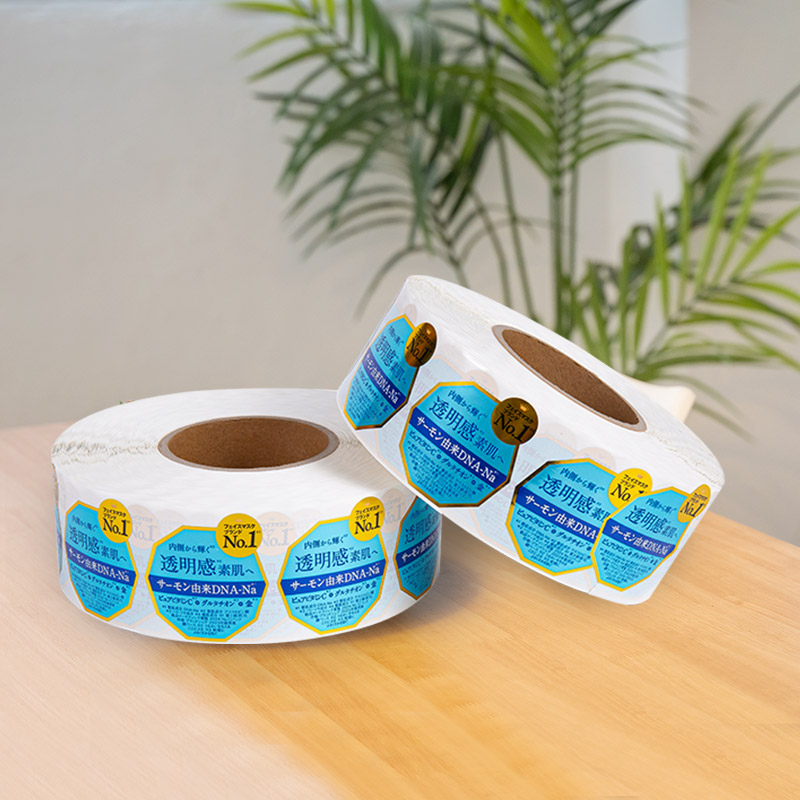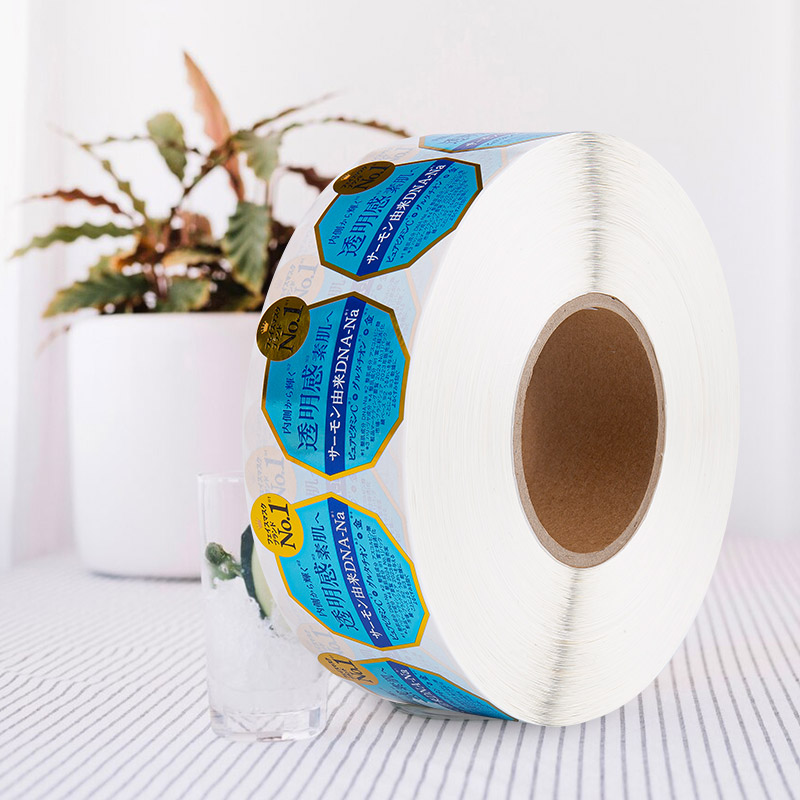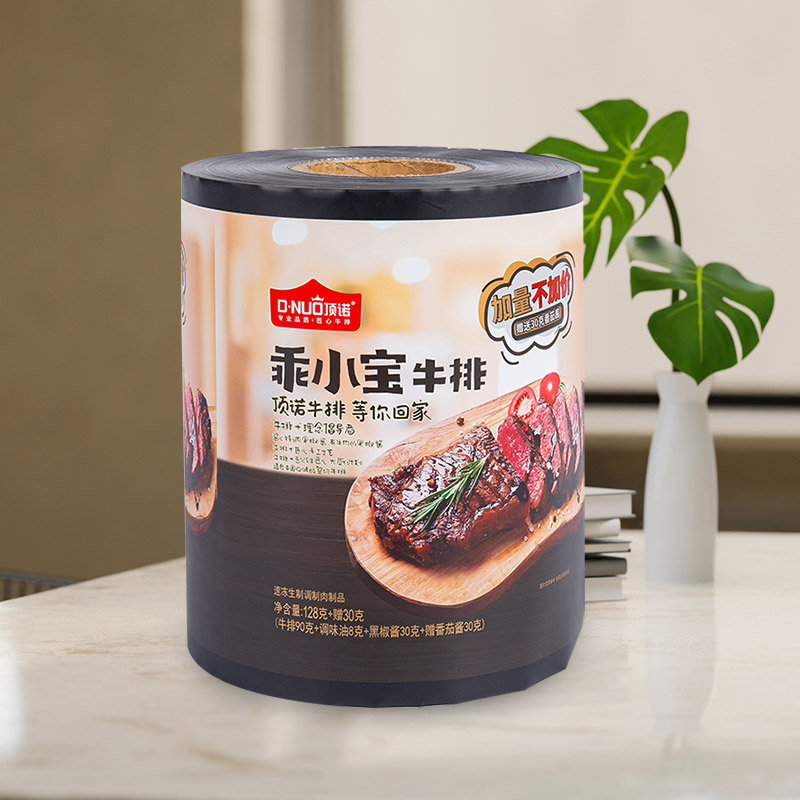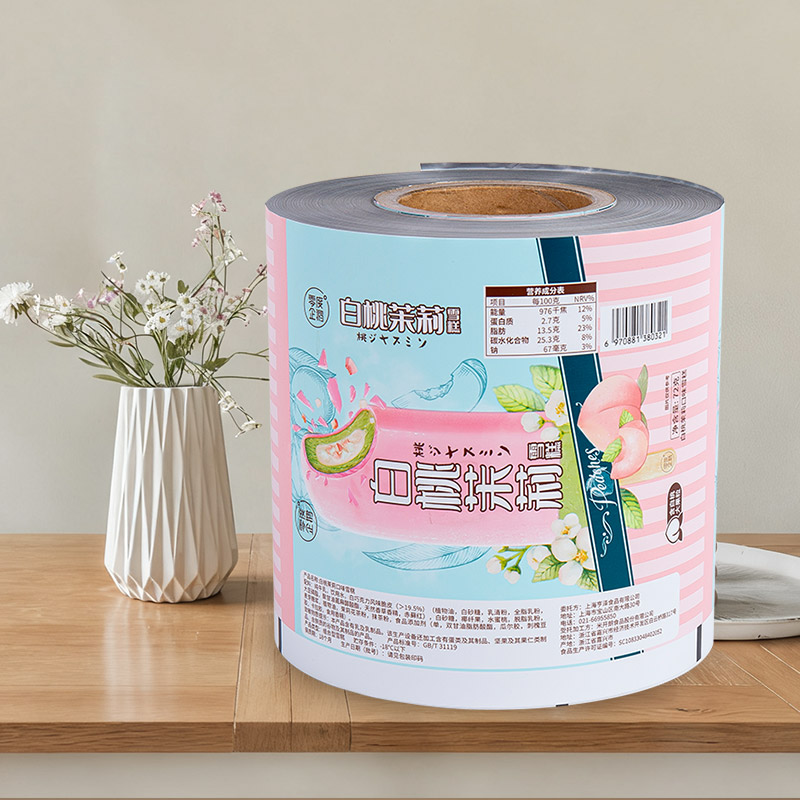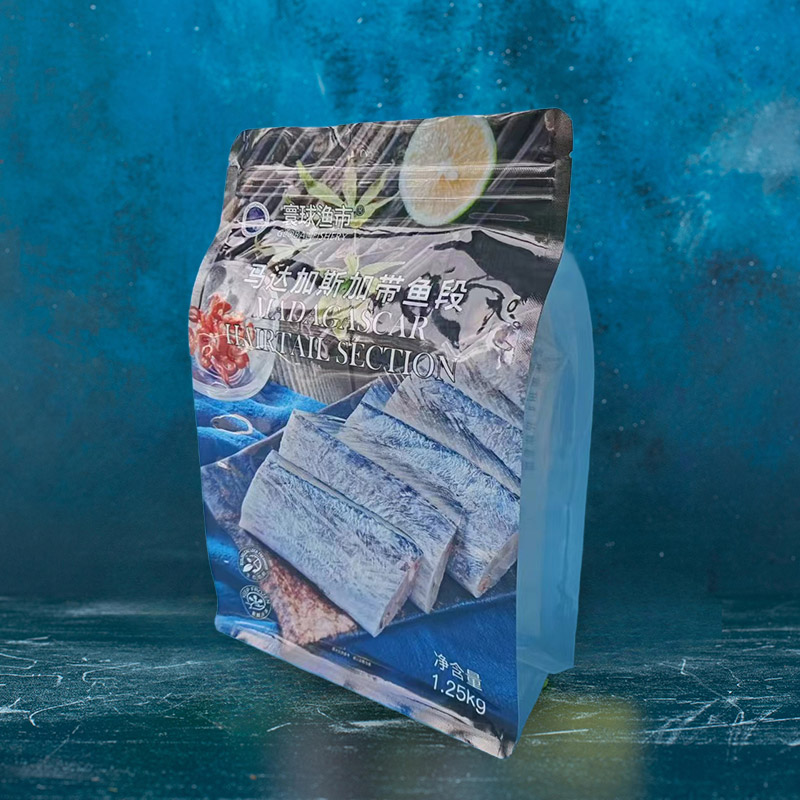The common and relatively strict sealing method for food packaging bags is the heat sealing method.
The heat sealing method is a technique that fuses two layers of aluminum foil together. This fusion combines the two layers of aluminum foil into one layer, preventing cracking or breaking, and there will be no leakage issues either, thus meeting the sealing requirements. The manufacturing process requirements for food packaging bags are formulated based on functional demands to achieve certain usage effects.
Aluminum foil packaging bags come in many specifications. Not only do they vary in size, but their thicknesses also differ, which makes them meet a certain standard of packaging requirements.
The thickness of the packaging bags used for different products varies, which is determined by the packaging nature of the products. For products with strict vacuum requirements, the thickness of the materials used is larger.
The thicker the aluminum foil packaging bag is, the tighter the packaging performance will be and the more it can meet the packaging requirements. However, the packaging cost will be higher. The material cost of packaging is calculated based on quality.
Food packaging bags are not merely made of aluminum foil, but are made of composite materials. These composite materials are composed of aluminum foil and nylon, and some are made of four layers of co-extruded film. When packaging some foods, multiple layers of composite materials are often used. The reason for using multi-layer composite materials is to package food and maintain its quality. Another reason is that rich colors and patterns can be printed on the food packaging bags, which is also a way for food to gain market recognition and a necessary channel for food promotion.

 EN
EN
 English
English 日本語
日本語 Español
Español Deutsch
Deutsch عربى
عربى



